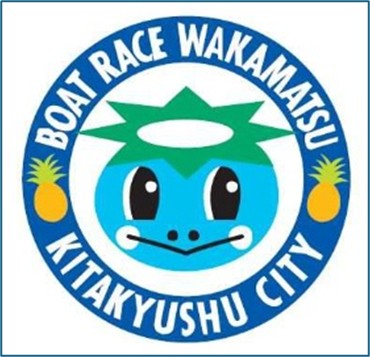BOAT RACE Wakamatsu’s contribution to the community
Challenge of Wakamatsu Boat
Feature Let’s ボートレース PICK UP 若松を興す
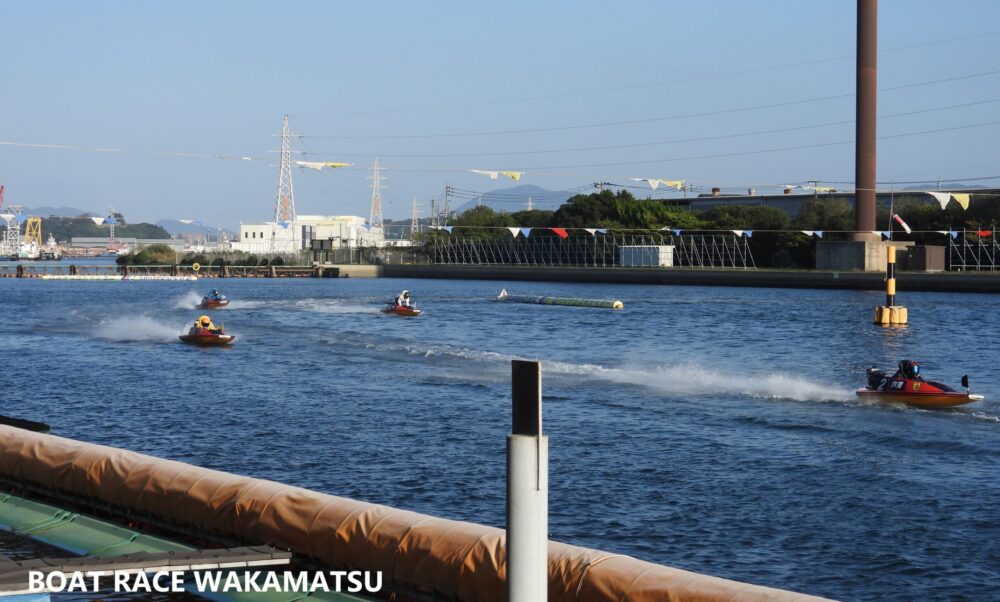
The total revenue from public management sports operated by local governments exceeded 8.4 trillion yen (in FY2023), surpassing the amount of the defense budget for the same year. Publicly operated sports such as horse racing, bicycle racing, boat racing, and auto racing, which developed against the backdrop of Japan’s postwar economic recovery, have generated valuable financial resources for local governments, giving back to society and contributing to local communities in line with the conditions of the times.
In recent years, publicly operated sports have become easily accessible to a large number of people due to the widespread use of live streaming via the Internet and online voting. Among these, the situation of boat races, which are becoming increasingly popular as the fan base diversifies, foreshadows the expansion of the gambling and amusement market.
- Public Gambling Supported Postwar Japan’s Municipal Finances
A series of public sports, known as public gambling, were created in the immediate postwar period.
In July 1948, the Horse Racing Law came into effect, allowing local governments to conduct horse racing, which had been the only publicly operated sport in Japan since the prewar period.
Then, in May 1950, the Small Motor Vehicle Racing Law came into effect, and the first public motorcycle race was held in Funabashi, Chiba Prefecture. With the enforcement of the Boat Racing Law in June 1951, the first motorboat race in Japan was held at the Omura Racecourse in Nagasaki Prefecture in April the following year.
However, the series of laws that made it possible to conduct such public races were based on the principle of “illegality precluded,” which states that what is originally illegal may not be considered illegal due to special circumstances. Therefore, each of the laws clearly stipulates the elimination of harmful effects within the scope of sound entertainment.
In the case of the Boat Racing Law, while the law states the promotion of public interest in the promotion of maritime businesses, tourism, and sports, it also emphasizes the contribution to local government finances. For local governments at that time, public sports were the trump card for securing general funds for infrastructure development.
Today, more than 70 years later, there are 97 public sports stadiums in 37 prefectures throughout Japan, including 25 for horse racing, 43 for bicycle racing, 24 for boat racing, and 5 for auto racing. Of these, the municipalities with the largest number of public sports stadiums are Tokyo and Fukuoka Prefecture, with seven facilities, all of which are located in Fukuoka Prefecture.
In addition, sales of horse, car, and boat tickets for public management sports as a whole reached an all-time high of 8.9 trillion yen in 1992.Although it slumped due to the voluntary restraint on entertainment caused by the Great East Japan Earthquake, it recovered to 8 trillion yen in FY2023 thanks to Internet voting and live broadcasts, which became widespread during the Corona disaster.
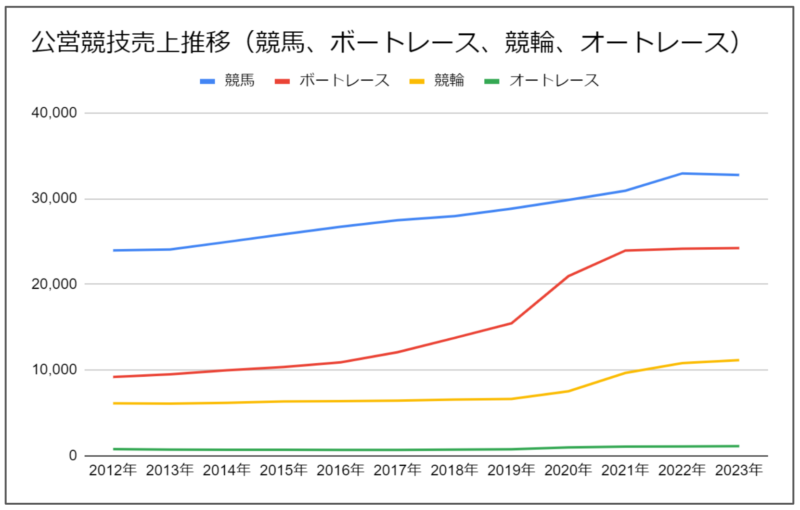
- Boat Race and Wakamatsu
In November 1952, the first All Japan Races (Boat Race Derby) was held at the Wakamatsu Racecourse. With approximately 28,000 visitors and revenues exceeding 55 million yen, the event was a phenomenal success for its time, and it came to be known as the “birthplace of the Derby.
However, there were many difficulties leading up to the opening of boat racing in Wakamatsu. In the postwar period, when the coal industry, shipping industry, and other major industries were in recession and finances were tight, the city of Wakamatsu began to invite boat racing as a marine sport befitting a port city. Despite the fierce opposition to public gambling, the city prioritized securing financial resources for social infrastructure improvement, including the promotion of social welfare, unemployment measures, expansion and renovation of school buildings, and road repairs.
Wakamatsu City drew up a plan to use Okudokai, about 2 km from the harbor mouth of Dokai Bay, as a site for a boat racecourse, and requested the Central Management Committee for Boat Racecourses to inspect the site in February 1952.The site was determined to be suitable. However, because of the Boat Racing Law’s restriction of “one racecourse per prefecture,” coordination with the neighboring city of Ashiya became a major issue.
Wakamatsu City focused on the synergistic effects with Ashiya, and together with the Fukuoka Prefecture Race Association, they made an aggressive petition, emphasizing that mutual hosting of the races would lead to an expansion of fan exchanges. As a result, the Ministry of Transport and the National Federation of Boat Racing Associations accepted the proposal and approved the establishment of two boat race tracks in one prefecture as a special measure. With the official approval of the establishment of both Wakamatsu and Ashiya, construction work began immediately, and the Wakamatsu Boat Racecourse was completed in October 1952.
- BOAT RACE Wakamatsu, a financial support for Kitakyushu City
Boat racing, a latecomer to the public sport, became well known in the 1960s, surpassing bicycle racing in sales in 1974, and its popularity was further enhanced in 1985 when dedicated off-premises sales offices were permitted outside boat race tracks.
In 1994, a common membership telephone voting system was introduced in the Kyushu area, and in 2004, the first night race in western Japan was started.
In 2004, the first night race in western Japan was started. Since 2010, the name BOAT RACE WAKAMATSU has been used as the common name, and in FY2014, sales exceeded 80 billion yen, the highest among all boat racetracks in Japan. Incidentally, last year’s total sales were 141.9 billion yen, ranking fifth in Japan.
Looking at the sales distribution in Wakamatsu Boat Race, 75% of the race proceeds are returned to the winners as refunds. The remaining 25% minus various legal expenses, or approximately 20%, is used to cover the costs of holding the races and the revenue of the organizer (Wakamatsu Boat Race), of which 5 billion yen is paid into the city’s general account as a steering fund.
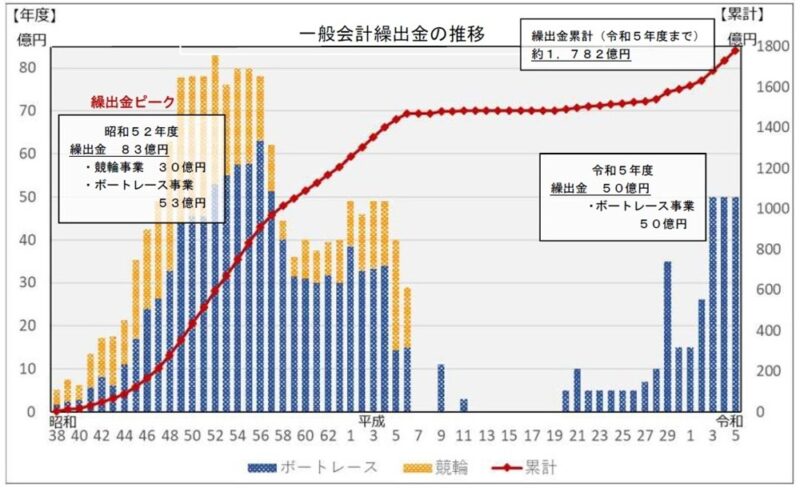
Kitakyushu City uses these financial resources for projects to improve the child-rearing environment, such as providing medical expenses for children, education-related projects, such as improving school facilities, and strengthening the emergency system.
Last year, as part of the project to create a bustling area, the funds were allocated for a project to commemorate the 60th anniversary of the designation and opening of the Wakato Ohashi Bridge as an important cultural property.
- Contributing to the community as a “familiar Boat Racecourse”
The appeal of boat racing lies in the tactics and maneuvering techniques unique to water-based racing, as well as in the higher target ratio compared to other publicly operated sports. The popularity of boating is growing among young people who have little experience in gambling, and the popularity of live-streaming via the Internet and online voting is diversifying the audience.
The number of female fans is also on the rise, as they can now vote from home or on the go without going to the racecourse. However, the number of people purchasing tickets at boat racecourses has been drastically decreasing, and in the case of Wakamatsu Boat Racecourse, 95% of the tickets are purchased by telephone or off-site.
Therefore, events aimed at attracting families, campaigns for young people, and women-only viewing areas are being developed to attract visitors to the racecourse, and efforts are being made to make the Wakamatsu Boat Racecourse function not only as a gambling facility but also as a tourist and commercial facility that will serve as the core of the local economy.
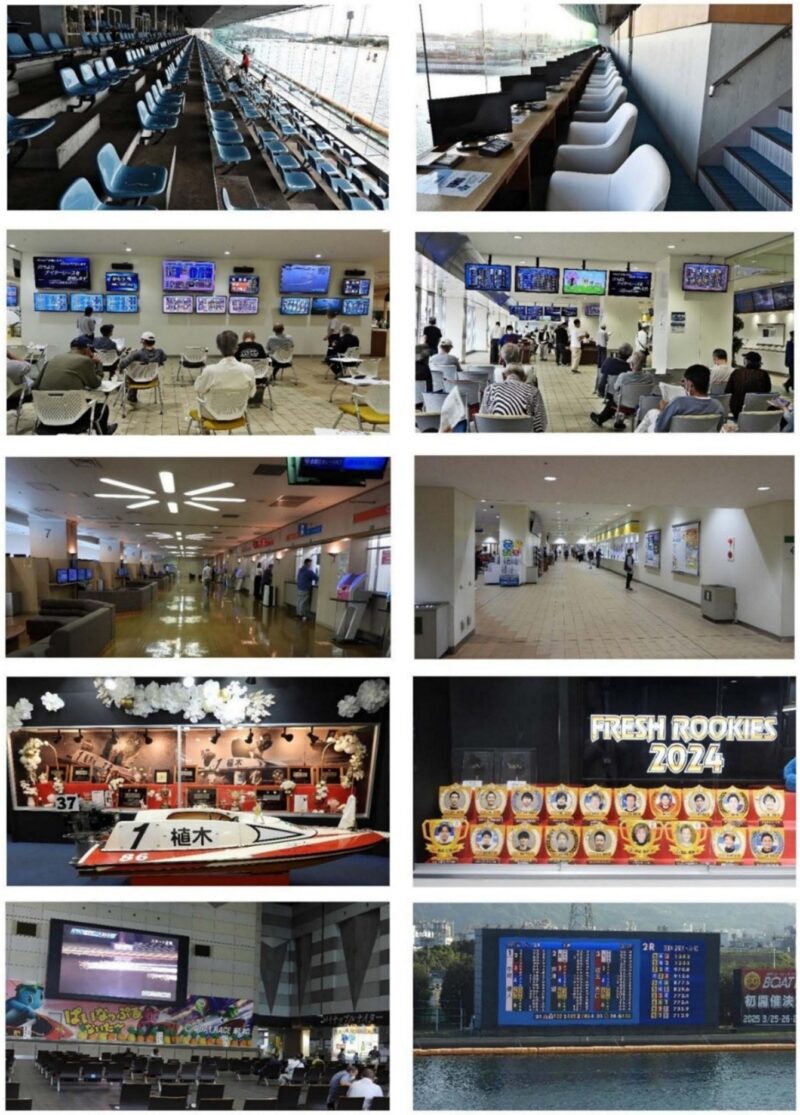
The ongoing business plan for the target year of 2028 calls for “a familiar boat race track” as a goal of community and social contribution, and various image enhancement projects, development toward “Boat Race Park” and the transformation of “CRECA Wakamatsu” into a regional exchange center are being promoted as initiatives to achieve this goal.
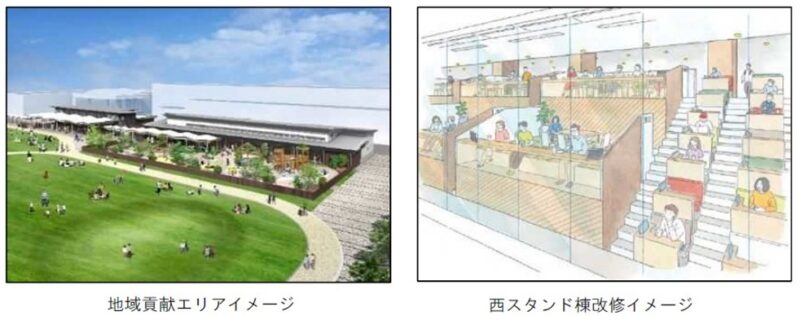
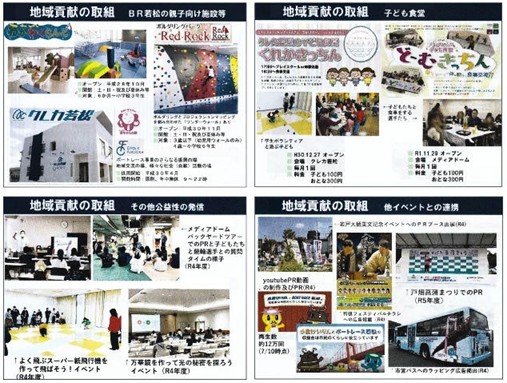
Wakamatsu Boat, which has supported the finances of Kitakyushu City while responding to various social risks, is being transformed into an attractive customer-attracting facility by renewing its amusement space to attract a new fan base.
It is no exaggeration to say that the formation of a community contribution area that attracts people of all ages, from children to adults, is a touchstone for the development of BOAT RACE Wakamatsu into a “well-loved boat race track” and a major project that will contribute to the development of the Wakamatsu area.










